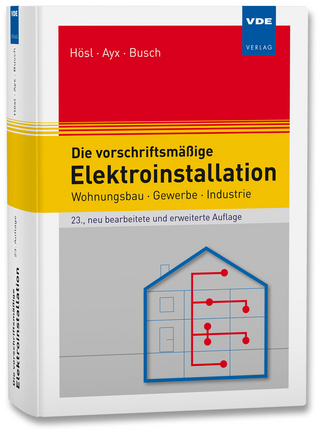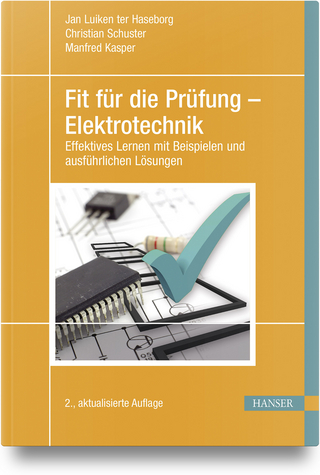
Systematic Modeling and Analysis of Telecom Frontends and their Building Blocks
Seiten
2011
|
Softcover reprint of hardcover 1st ed. 2005
Springer-Verlag New York Inc.
978-1-4419-5265-3 (ISBN)
Springer-Verlag New York Inc.
978-1-4419-5265-3 (ISBN)
nalog circuits are fascinating artifacts. They manipulate signals whose informa- Ationcontentisrichcomparedtodigitalsignalsthatcarryminimalamountofinf- mation;theyaredelicateinthatanyperturbationduetoparasiticelements,todelays,to interactionswithotherelementsandwiththeenvironmentmaycauseasigni?cantloss ofinformation. Thedif?cultyindealingwiththeseartifactsistoprotectthemfromall possibleattacks, evenminorones, fromthephysicalworld. Theironyisthattheyare oftenusedtofunnelinformationfromandtothephysicalworldtoandfromtheabstr- tionofthedigitalworldandforthisfunction, theyareirreplaceable. Nowonderthen that analog designers form a club of extraordinary gentlemen where art (or magic?) ratherthanscienceisthesharedtrade. Theyaredif?culttotrainsinceexperienceand intuitionarethetraitsthat characterize them. Andthey have dif?cultiesinexplaining what is the process they use to reach satisfactory results. Tools used for design (s- ulation) are mainly replacing the test benches of an experimental lab.
However, the growing complexity of the integrated systems being designed today together with the increasing fragility of analog components brought about by shrinking geometries and reducedpowerconsumptionisposingseverechallengestotraditionalanalogdesigners to produce satisfactory results in a short time. At the same time, the need for expe- enced analog designers has increased constantly since almost all designs, because of integration,docontainanalogcomponents. Thissituationhascreatedastronginterest in developing design methodologies and supporting tools that are based on rigorous, mathematically literate, approaches. Doing so will make it possible to leverage the expertiseofseasonedanalogdesignersandtotrainnewgenerationsfasterandbetter. Inthepast, severalattemptshavebeenmadeinacademia andindustrytocreatethese methodologies and to extend the set of tools available. They have had questionable acceptance in the analog design community. However, recently, a ?urry of start-ups andincreasedinvestmentbyEDAcompaniesinnoveltoolssignalasigni?cantchange inmarketattentiontotheanalogdomain. Ipersonallybelievethattosubstantially- prove quality and design time, tools are simply insuf?cient.
A design methodology based on a hierarchy of abstraction layers, successive re?nement between two ad- cent layers, and extensive veri?cation at every layer is necessary. To do so, we need to build theories and models that have strong mathematical foundations. The analog design technology community is as strong as it has ever been.
However, the growing complexity of the integrated systems being designed today together with the increasing fragility of analog components brought about by shrinking geometries and reducedpowerconsumptionisposingseverechallengestotraditionalanalogdesigners to produce satisfactory results in a short time. At the same time, the need for expe- enced analog designers has increased constantly since almost all designs, because of integration,docontainanalogcomponents. Thissituationhascreatedastronginterest in developing design methodologies and supporting tools that are based on rigorous, mathematically literate, approaches. Doing so will make it possible to leverage the expertiseofseasonedanalogdesignersandtotrainnewgenerationsfasterandbetter. Inthepast, severalattemptshavebeenmadeinacademia andindustrytocreatethese methodologies and to extend the set of tools available. They have had questionable acceptance in the analog design community. However, recently, a ?urry of start-ups andincreasedinvestmentbyEDAcompaniesinnoveltoolssignalasigni?cantchange inmarketattentiontotheanalogdomain. Ipersonallybelievethattosubstantially- prove quality and design time, tools are simply insuf?cient.
A design methodology based on a hierarchy of abstraction layers, successive re?nement between two ad- cent layers, and extensive veri?cation at every layer is necessary. To do so, we need to build theories and models that have strong mathematical foundations. The analog design technology community is as strong as it has ever been.
Foreword.- Contributing Authors.- Contents.- Symbols and Abbreviations.- 1. Introduction.- 2. Modeling and analysis of telecom frontends: basic concepts.- 3. A framework for frequency-domain analysis of linear periodically timevarying Systems.- 4. Applications of LPTV system analysis using harmonic transfer matrices.- 5. Modeling oscillator dynamic behavior.- 6. Conclusions.- A. HTM norms and the comparison of HTMs.- B. The Sherman-Morisson-Woodbury formula.- C. HTM elements of the linear downconversion mixer.- D. Oscillator dynamics: analysis of the deviation from the attracting manifold.- E. Analysis of a harmonic oscillator.- Bibliography.
| Erscheint lt. Verlag | 3.2.2011 |
|---|---|
| Reihe/Serie | The Springer International Series in Engineering and Computer Science ; 842 |
| Zusatzinfo | XX, 230 p. |
| Verlagsort | New York, NY |
| Sprache | englisch |
| Maße | 160 x 240 mm |
| Themenwelt | Technik ► Elektrotechnik / Energietechnik |
| ISBN-10 | 1-4419-5265-9 / 1441952659 |
| ISBN-13 | 978-1-4419-5265-3 / 9781441952653 |
| Zustand | Neuware |
| Haben Sie eine Frage zum Produkt? |
Mehr entdecken
aus dem Bereich
aus dem Bereich
Wegweiser für Elektrofachkräfte
Buch | Hardcover (2024)
VDE VERLAG
CHF 67,20


